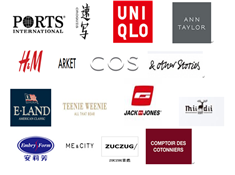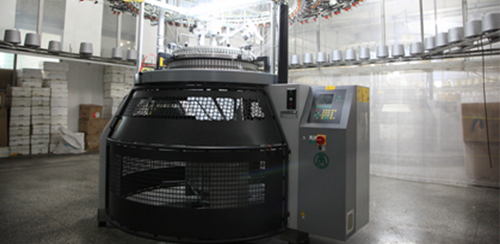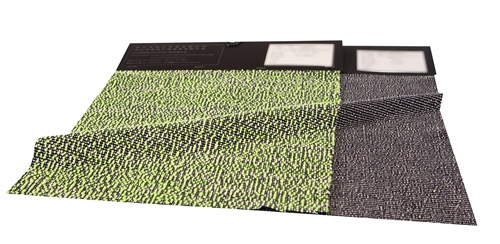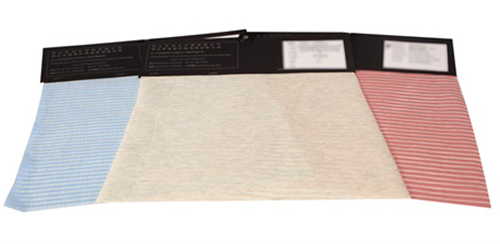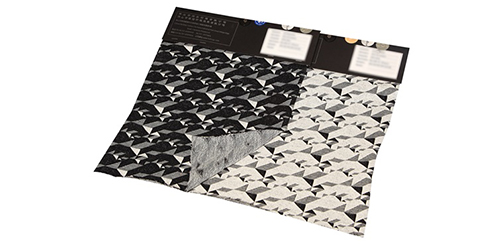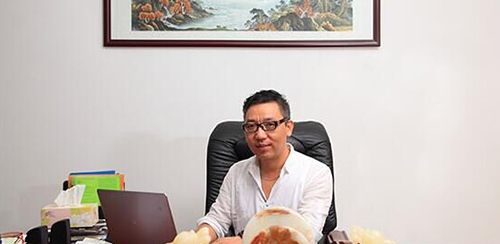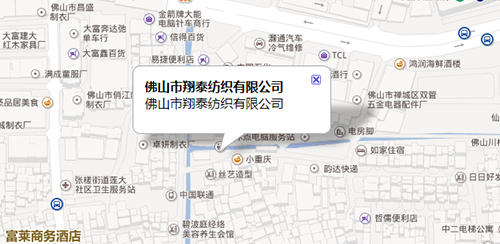
News Center

Contact us
佛山市翔泰纺织有限公司
Foshan Xiangtai textile co., Ltd
地 址:佛山市禅城区华富北路2号东成立亿A2栋9楼
公司邮箱:dekong@xttextile.com
电 话:0757-81770818
传 真:0757-81770811
Intelligentization is the only way to develop the knitting industry
2019-02-28 10:39:23
The emergence of mobile phones has changed the way people communicate. The emergence of Taobao has changed the way people shop. The emergence of Didi taxis has changed the way people travel. The rapid development of the Internet has changed the way people live, and it has also changed the mode of production, management and profitability of knitting companies. As a manufacturing country, China's cost advantage is being weakened. The release of the "Internet +" and "Made in China 2025" strategic documents is an important guide for the Chinese government on the next stage of industrial development, economic and social transformation, and its core is to use modern information. Technology, especially the Internet, Internet of Things, cloud computing, big data and manufacturing integration, bring new opportunities for the transformation and upgrading of the knitting industry. However, what is the overall situation of the intelligent application of the knitting industry? What problems are faced? How to seize the new opportunity of "Internet +"?
At the "National Knitting Technology Exchange Conference 2015" with the theme of "Knitting Technology in the Internet Age", Wang Zhi, the chief expert of the China Textile Engineering Society, reviewed the changes in China's knitting industry during the 12th Five-Year Plan period. . From the export data in recent years, it can be seen that the total amount of knitted products in China has remained basically stable, the profits have increased, and the product structure has undergone significant changes. The industry layout has been adjusted in depth, and the production capacity has been transferred to the eastern and western regions of China and Southeast Asian countries. A certain achievement has been achieved, and the unit water consumption and energy consumption have dropped significantly. The improvement of the intelligence of domestically produced equipment used in the knitting industry has greatly reduced the amount of labor. At the same time, investment in the knitting industry has also entered a wider range of areas, such as footwear, seamless underwear, wind power and so on. With the increasing popularity of e-commerce, the business model has also quietly changed.
“In 1997, Toyota exhibited a fully automatic spinning system at an exhibition in Osaka, but its application of equipment was still limited after many years. This was not because the technology was not overcome, but because the cost of equipment application was too high, then information technology The degree of development is not enough to support the wide-ranging application of fully automatic spinning systems, which is an example of Zhu Xianmin, chief engineer of China Textile Machinery Association. Zhu Xianmin believes that the knitting market faces complex market environment, massive data and information, and increasingly personalized customer needs. The application of Internet, big data, cloud computing and other information technology to transform industrial systems and build a smart industry system and structure is to adapt to the future. The only way to compete in the market, but companies must also choose the right information technology and intelligent equipment according to their own circumstances.
Lin Guangxing, vice president of China Knitting Industry Association, said that the creation of intelligent factories is an important direction for the development of the industry. The integration of machinery and electronic technology is a powerful push for the advancement of knitting technology and equipment, and the intelligentization will bring greater improvement to the industry. Lin Guangxing believes that the development of the knitting industry is divided into three stages: first, digitalization, digital transformation of production, products, etc., which is easy to collect, store, process, and distribute. This stage has been completed in China. Followed by network, network link production and sales, information sharing, and strengthen industrial interaction. Finally, it is intelligent, using the Internet of Things and big data to achieve remote control, improve efficiency and reduce labor. In Lin Guangxing's view, in the process of China's informatization from the primary to the advanced development, there are problems such as lagging software development, insufficient R&D integration, misunderstanding of understanding, lack of sharing of resources, difficulty in symmetry of information, and insufficient analysis. The promotion of intelligence in the industry is a new topic. Some large companies have achieved successful experience, but most companies are still in the local application stage.
Jiang Gaoming, director of the Knitting Professional Committee of the China Textile Engineering Society and a professor at Jiangnan University, believes that the knitting industry is facing several challenges. First, traditional knitting production technology is difficult to support large data processing. Secondly, how to convert massive data into effective services to customers, this is achieved. The actual bottleneck of intelligent production and construction of smart factories. With the continuous advancement of the integration of industrialization and informatization in China, China's knitting enterprises must actively explore the construction of a demonstration production line for knitting products, realize the integration of IoT in production, warehousing and e-commerce, and realize the transformation, upgrading and sustainableness of the entire knitting industry chain. development of.
Jiang Gaoming said that in terms of improving quality, the current international market demand has shrunk, and the safety and quality requirements for export products have become increasingly strict. Knitting companies must speed up the promotion and application of real-time monitoring technology to monitor the entire production process. In terms of cost reduction, the wage level of knitting enterprises has increased rapidly, reaching 15%. Enterprises adopt information-based means to strengthen on-the-job management and employee performance appraisal, reduce manpower and management costs by improving management efficiency, and perform performance management of MES. Other features have received great attention. In terms of energy conservation and emission reduction, energy conservation and emission reduction have both rigid provisions of national policies and guidelines, as well as competitive pressures within the knitting industry. The country has accelerated the process of building a resource-saving and environment-friendly society, and has increasingly strict requirements for corporate environmental pollution. Building the Internet of Things is one of the ways for knitting enterprises to achieve energy saving and emission reduction and reduce costs. At present, there are more than 1 million knitting equipments in China without networking functions, and the production mode is backward. It is estimated that by the end of this year, the market size of China's Internet of Things industry will reach 750 billion yuan, and will reach the order of one trillion yuan in the late 13th Five-Year Plan.


